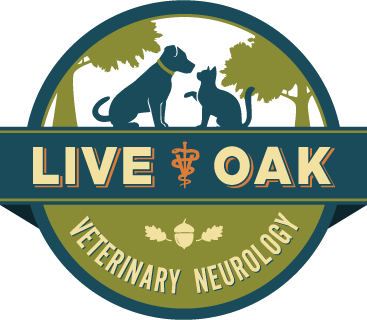Magnetic Resonance Imaging, or MRI, has been used since the late 1970's to image the human body. Among the different ways that doctors have to image ourselves and our animal friends, the MRI is unique. Unlike an x-ray, CAT scan, PET scan, or other radiologic techniques, the MRI doesn't use radiation to create the images. Rather it relies on the magnetic properties of the tissues in our bodies.
When a patient is placed in the MRI machine, that individual is subjected to a strong magnetic field. The MRI machine then pulses radiowaves into the part of the body we are inspecting and 'listens' for the return radiowaves the tissue gives off. This lets us determine specific characteristics of the tissues we're looking at and gain unprecedented insight into the architecture and disease state of the body. When we give an intravenous injection of contrast, this improves our ability to recognize and characterize the disease even more.
As MRI technology has improved, doctors have been able to find even more detail and have even begun to be able to see the functional activity of parts of the brain. But some of the most exciting research is being done with diffusion-weighted imaging. This technique allows us to distinguish 'strokes' from tumors and other diseases. But in some of the very advanced MRI machines used in research, scientists are able to track the connections between parts of the brain and begin to understand the 'wiring' that makes us all the amazing manifestations of Life that we are.
Check out the Human Connectome Project for some amazing images!

